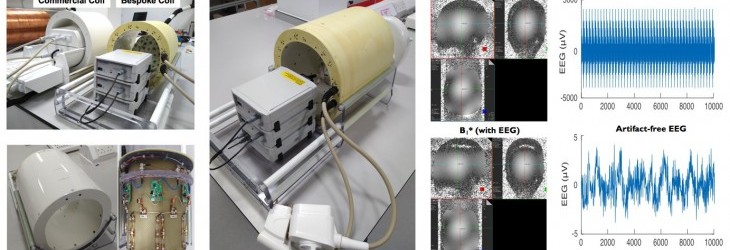

Our group publishes a review paper in Annual Reviews of Neuroscience on the utlity of simultaneous EEG-fMRI recordings in cognitive neuroscience.
Advances in the instrumentation and signal processing for simultaneously acquired electroencephalography and functional magnetic resonance imaging (EEG-fMRI) have enabled new ways to observe the spatiotemporal neural dynamics of the human brain. Central to the utility of EEG-fMRI neuroimaging systems are the methods for fusing the two data streams, with machine learning playing a key role. These methods can be dichotomized into those that are symmetric and asymmetric in terms of how the two modalities inform the fusion. Studies using these methods have shown that fusion yields new insights into brain function that are not possible when each modality is acquired separately. As technology improves and methods for fusion become more sophisticated, the future of EEG-fMRI for noninvasive measurement of brain dynamics includes mesoscale mapping at ultrahigh magnetic resonance fields, targeted perturbation-based neuroimaging, and using deep learning to uncover nonlinear representations that link the electrophysiological and hemodynamic measurements.
The paper can be accessed here: www.annualreviews.org/doi/abs/10.1146/annurev-neuro-100220-093239